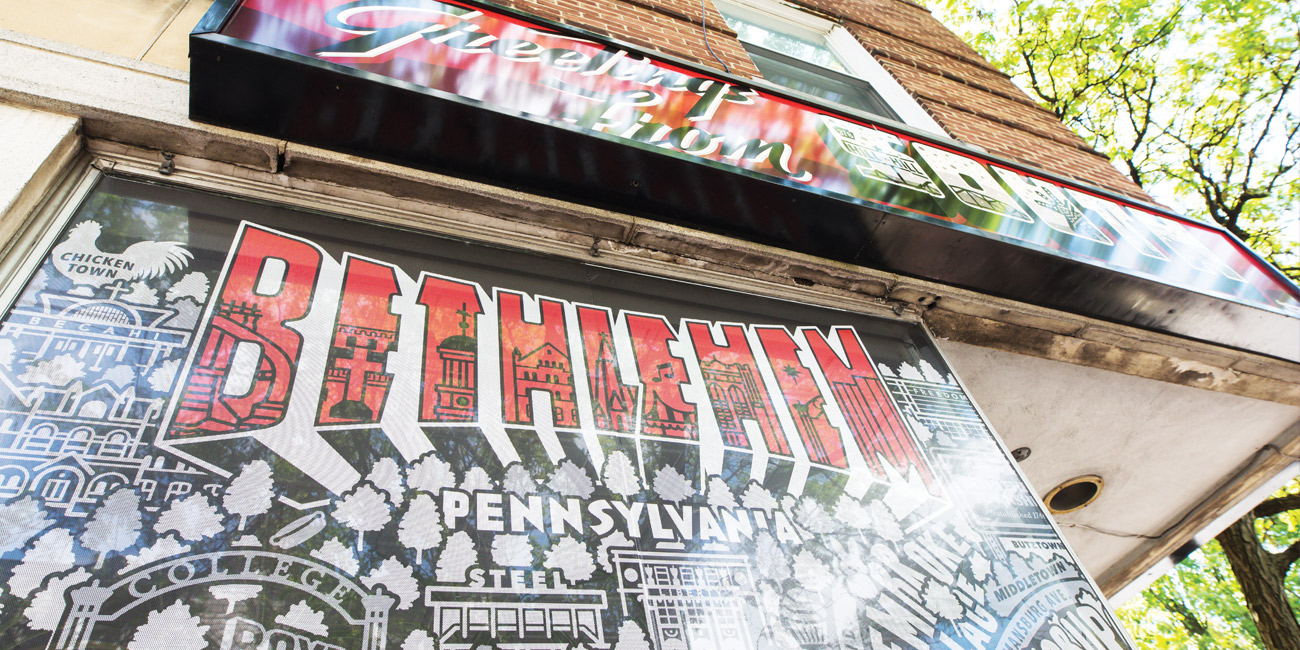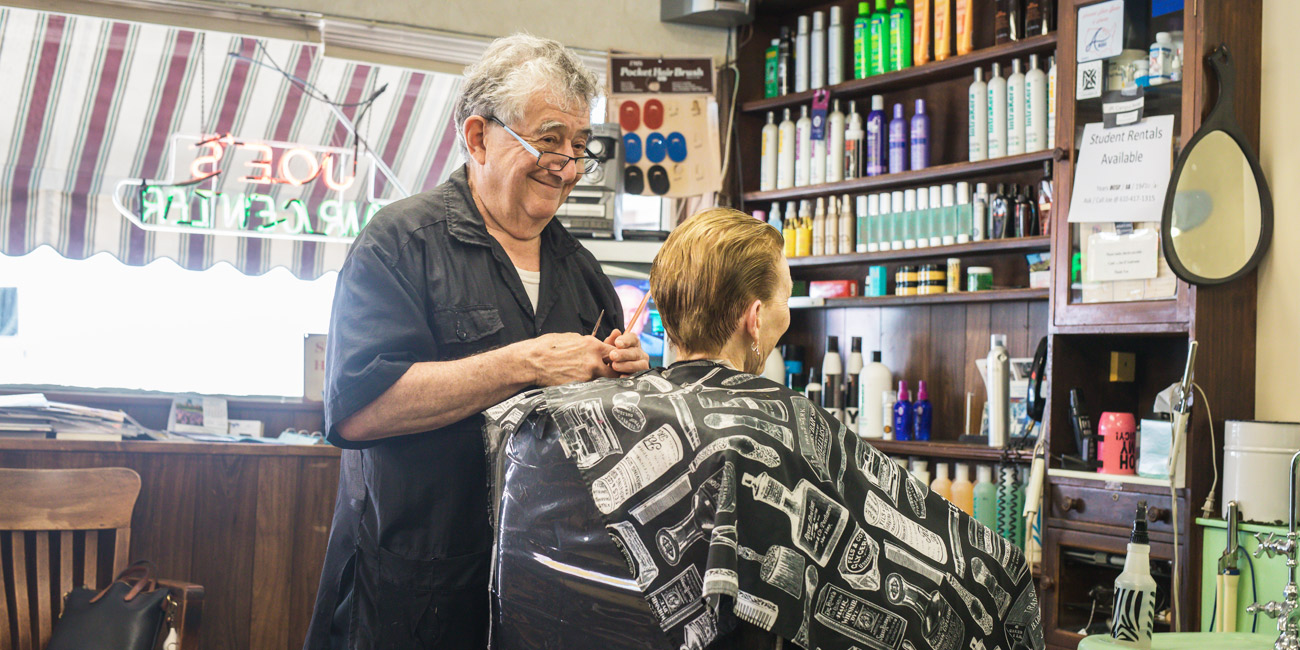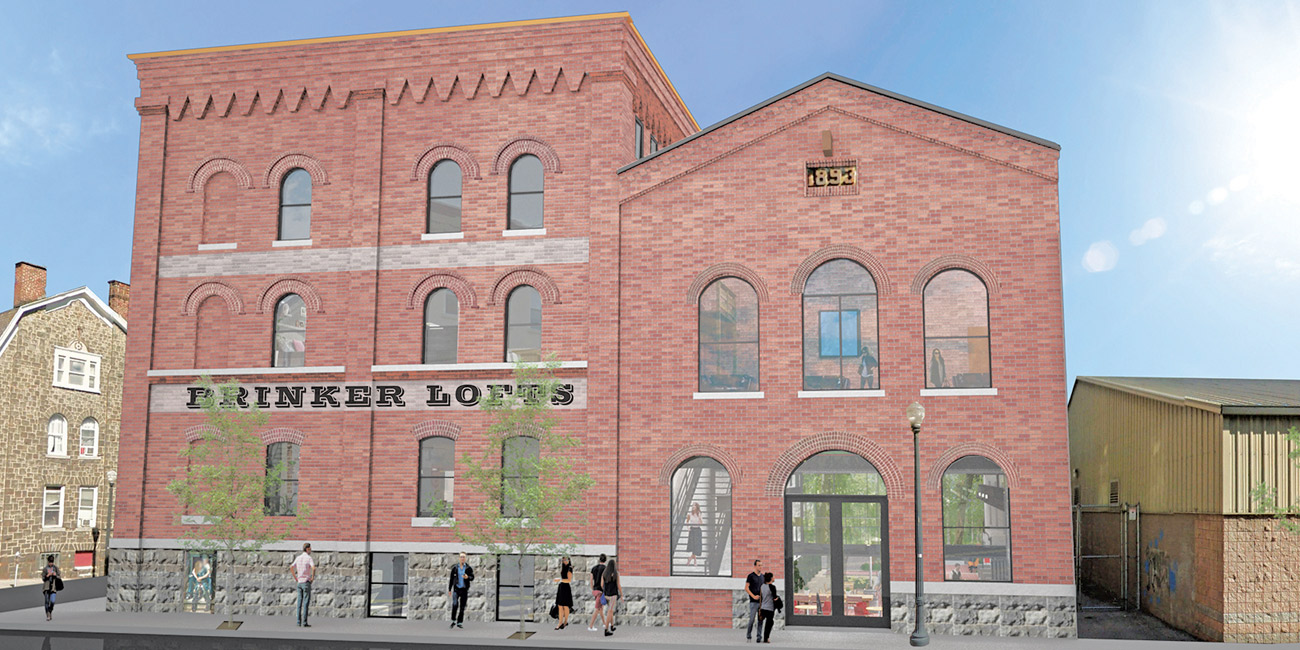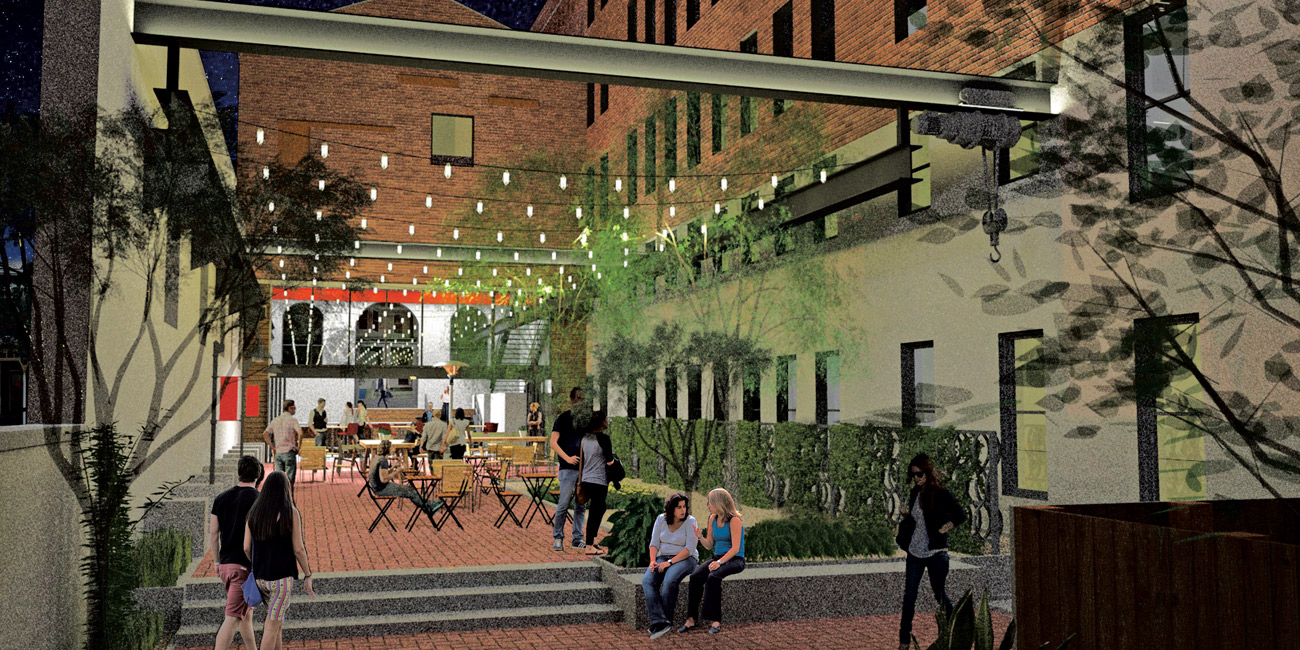Just steps from the university, on streets that are predominantly to the east and west of campus, are row homes, apartments and small homes that juniors and seniors and graduate students opt to rent. About a third of undergraduates live off campus.
With the neighborhood in transition, university and city leaders grew concerned about rental property conditions. In response, with financial support from Lehigh, the city now designates two of its city code enforcement officers to regularly inspect South Side rental properties, including off-campus houses where students reside. The code enforcement officers check for smoke detectors, broken windows, proper egress and more. If they find violations, they follow up with landlords and reinspect.
Bethlehem Mayor Robert Donchez talks about the partnerships involved in revitalizing the South Side.
“We want to make sure that the housing stock continues to be strong, safe and stable,” says Bethlehem Mayor Donchez, who acknowledges a number of “very good landlords.”
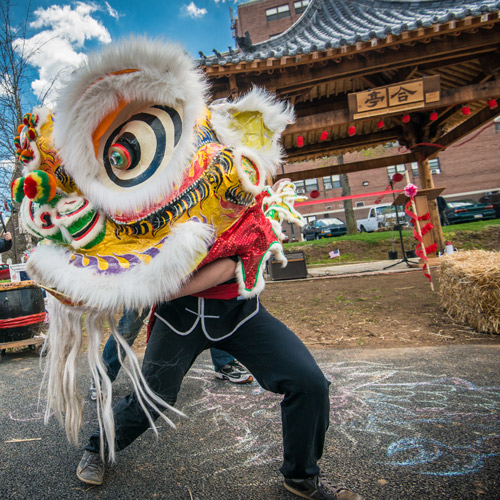
The Harmony Pavilion, part of the Lehigh Chinese Bridge Project, is a feature along the Greenway.
Lehigh also purchased a number of properties near the west end of campus that were blighted, in poor condition or had earned a reputation of bad student rentals, says Erin Kintzer, director of real estate services at Lehigh. The university renovated those properties in an effort to improve the housing stock, making them available to faculty, staff and graduate students. Lehigh has a mortgage incentive program too, which provides forgivable loans to employees who buy and live in homes close to campus.
“The goal is to make sure that we feel that the neighborhood has stabilized to a certain extent, that you don’t have a great level of turnover,” says Kintzer. “The goal [is] to have more people, even not associated with the university, have homeownership so that it becomes much more of the family neighborhood that it once was.”
From her office on the fourth floor of the Gateway building, Kintzer has a bird’s-eye view of the Bethlehem Greenway, a section of the business district and the Brinker Lofts, an old icehouse that Lehigh last used as a warehouse that is being privately developed by Jefferson-Werner LLC into retail and market-rate apartments.
Those strolling the Greenway pass Esperanza Garden, a community garden that grew out of a collaboration among Lehigh, its students and the city, and the Harmony Pavilion, part of the Lehigh Chinese Bridge Project. The South Side Initiative and Lehigh community help maintain the garden and join in neighborhood cleanups.
Fred McGrail, vice president of communications and public affairs at Lehigh, talks about South Bethlehem’s rich history and the importance of the partnerships.
“Neighborhood revitalization is happening on a bunch of different fronts,” Kintzer says.
Part of South Bethlehem’s appeal is its rich diversity, says longtime resident Roger Hudak, who chairs the South Side Task Force. He has served several Bethlehem mayors.
“If you don’t get along with the people from all of these different cultures, you’re just not going to make it here,” he says. “When I was growing up, we had a tremendous mixture of people living here, and we all got along, just because we had to. And it’s still that way today.”
When I was growing up, we had a tremendous mixture of people living here, and we all got along, just because we had to. And it’s still that way today.
In his grandfather’s day, South Bethlehem “was the place you came, if you came here right off the boat,” he says. “My grandfather was an ironworker from Slovakia. He came here to work at the Steel. And those guys worked and they saved their money. ... Waves of immigrants came. And that’s why you have all of these churches down here. You had a Slovak church, a Polish church, a Russian church. And all of those people lived here in this neighborhood.”
Hudak’s father worked at Bethlehem Steel, but died suddenly in 1952. His mother eventually got a job there too, as did his brother and sister. Hudak, who spent one summer there, recalled the blazing hot temperatures and the din of the steel mill, describing it as “Dante’s 15th level of hell.”
With South Bethlehem on the rebound, Hudak says Lehigh students are among those venturing out, supporting the community. “The kids are so important—just as important as the tourists coming in from New York [for the Wind Creek casino],” he says. “The amount of money they spend on the South Side is a tremendous boon for the economy.”
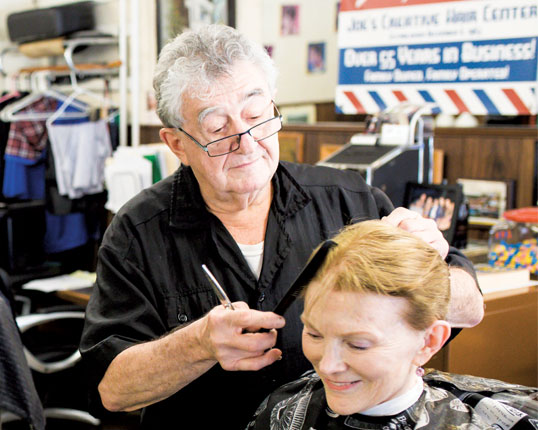
Joe D’Ambrosio has been running his barber shop in South Bethlehem for 55 years.
Joe D’Ambrosio, another neighborhood stalwart, has pretty much seen it all during his 55 years in business. He was there when the Steel was roaring. He was there as it slowly declined. And he remained there—in his old-school New Street barbershop—as the city and the neighborhood struggled to get back on their feet. But get back on their feet they did, D’Ambrosio says, and in truth, the city is stronger today than ever before.
“It was a big deal when [the plant] closed, sure, but it also proved that we [as a city] had other things to pick us up,” says D’Ambrosio, who now also owns several student rental properties. “I think it opened up a lot of doors and helped people learn and grow.”
Though everyone was working back then, he says, “we had an old, beat-up city. Now there’s a lot of pride in ownership, and people have reinvested in their own investments. The South Side has some tremendous projects that have gone up recently. We’re definitely the jewel of the Lehigh Valley, from what I can see.”
Hudak thinks so too. “I tell you what,” Hudak says. “I like living here. I wouldn’t have done it any other way.”


